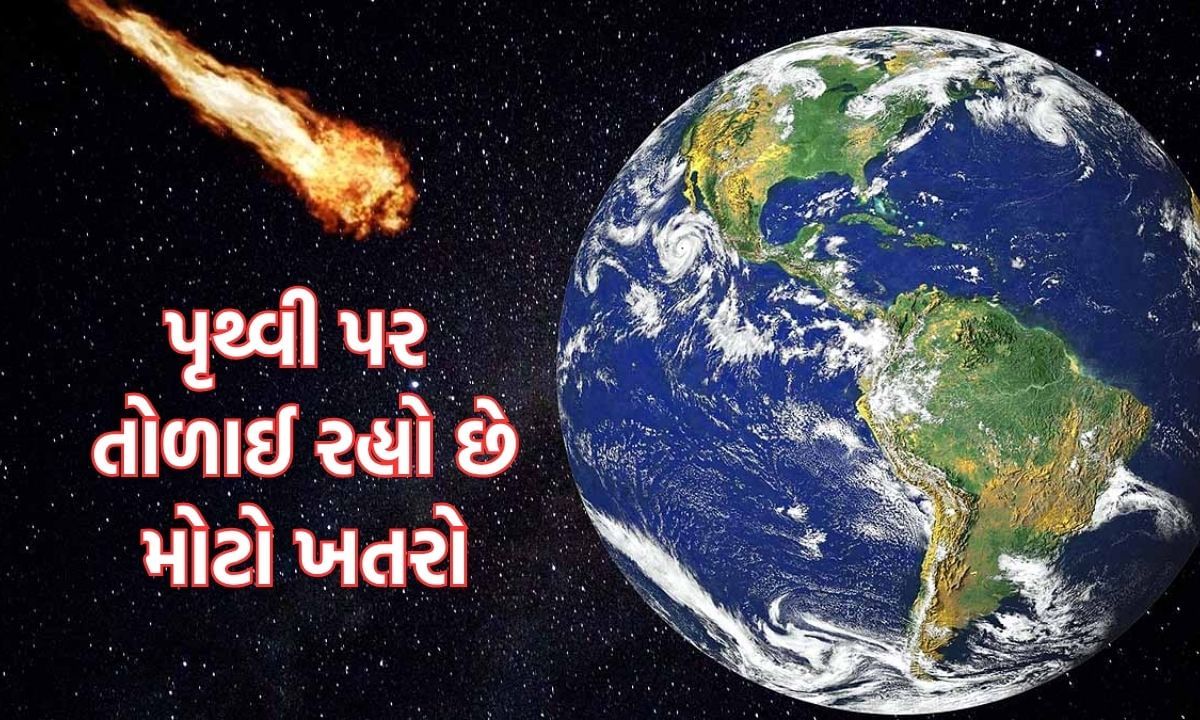
Many meteoroids hidden around the planet Venus can be a danger to the earth in the future. In a new study, scientists stated that this Venus’s co-air meteorite (Venus Co-orbital asteroids) is hidden in the sun’s glow. It is difficult to see it with a naked eye.
What is Venus Meteorite?
Venus is the meteorite of the planet that is the rocks that the Sun orbits with the planet Venus, but Venus does not orbit the planet. Currently, 20 such meteors are known, including trojan meteors (which are beyond or behind Venus) and Kavimun (Zooshway). These meteors are larger than 460 feet (140 meters), that is, a large city can be destroyed if they hit the earth. These meteors are believed to be from the belt of the main meteorites between Mars and Jupiter. There are also many such co-oriental meteors on earth. Scientists are constantly looking for a new meteorite.
Why is it a threat to the earth?
Venus is the nearest neighboring planet, which is 2.5 million miles (4 million km) away from Earth to its closest point. Its co-oriental meteorite resides with Venus, but if they come closer to the earth, their orbit may change due to gravity. This allows them to collide with the earth.
In a new study, scientists studied the motion of these meteors for up to 36,000 years (three co-oriental cycles) through computer simulation. They found that meteorites with less heterogeneity (eccentricity) were not visible.
What is heterogeneity?
It states how round or long is the meteorite orbit. 0 means completely round, and a high number means an elaborate orbit. Meteorites with low heterogeneity are hidden in the brightness of the sun, so it is difficult to see.
Why don’t these meteorites appear?
Most of Venus’s meteorites have a heterogeneity of more than 0.38, that is, their orbit is long. They come close to the earth, so it’s easy to see them. But meteorites with low heterogeneity are hidden in the brightness of the sun, making them almost impossible to see them from the earth. In a 2024 study, scientist Valerio Caruba (Sao Paulo State University, Brazil) said there may be many such meteors, which we have not yet seen.
Is there any danger right now?
No, there is currently no immediate threat. Some media claimed that the meteorite would hit the earth in a few weeks, but nothing was said in the study. Caruba said no current meteorite would hit the earth soon.
However, he also said that it was important to keep an eye on this meteorite. A meteor called 2024 YR4, which had 2.3% of the possibility of hitting Earth in 2032, then became zero. This shows how important is timely monitoring.
How will the earth survive?
Scientists say we need better technology to find and track these meteors. Some solutions such as…
- New Observations: Chilean Vera c. The Rubin Observatory, which will begin in July 2025, can help detect these meteors. But he cannot fully see the meteorites hidden from the earth to the sun.
- Telescope near Venus: Scientists are suggesting sending a telescope to Venus orbit. It can better see these meteors by staying away from the light of the sun.
- Meteorite deviations: NASA’s Dart Mission (2022) has shown that the direction of the meteorite can be changed. In this, a rocket collided with a demorphos meteorite and reduced the time to its orbit 32 minutes.
- Indigenous Technology: Technology, such as India’s Gaganian Mission, can help in the future space monitoring and disaster management.
What if it falls on India?
If a meteorite falls in India, the cities with densely populated can cause major damage. According to the simulation, the meteorite of 140 meters can make a 2.2-3.4 km wide pit. It can leave 410 megatan TNT energy. Hiroshima is millions of times higher than bombs.





























